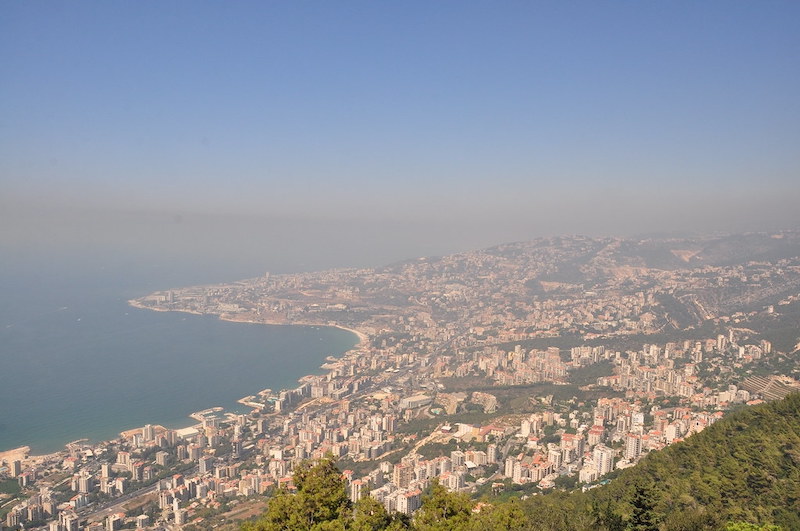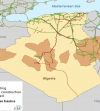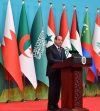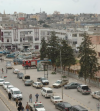Lebanon has a high potential for renewable energies, thanks to its high rate of sunshine of 300 days a year, its strong winds and its water resources in the mountains. However, its energy mix remains composed of 95% oil and the installed capacity of renewable energies is almost zero, apart from a few aging hydroelectric infrastructures.
The Lebanese State has set itself a target of 30% renewable energies in the energy mix by 2030. The financing of new capacities would be very largely supported by the private sector in the form of IPP (Independent Power Producer).
Several IPP projects have been in preparation since the 2010s but were frozen following the outbreak of the Lebanese economic and financial crisis. The construction of 3 wind farms in Akkar, with a combined capacity of 226 MW, was approved in 2019. Its structuring had reached an advanced stage but the donors withdrew following the outbreak of the economic crisis.
Other medium-sized solar energy projects have been seriously considered.
The Ministry of Energy granted licenses for the installation of 11 photovoltaic farms totaling a capacity of 300 MW was envisaged. Despite the interest of local and foreign companies, these projects are now on hold due to lack of funding.
The installation of solar panels by households, businesses and institutions accelerated in 2021-2022, given the collapse of Electricité du Liban, which only provides 4 to 5 hours of electricity per day and the exorbitant cost of electricity produced by generators. The installed solar capacity has thus been multiplied by 7 since the beginning of the crisis to reach 690 MW in 2022.
This trend should occur in the short term, given the significant increase in imports of solar panels. The equivalent of 1000 MW was imported in 2022, mainly from China.
At the same time, larger-scale decentralized solar energy projects are emerging (rural municipalities, micro-grids in hospitals and schools).
Deploying large-scale projects requires overcoming several regulatory hurdles. For IPPs, the regulatory care no longer allows the granting of a production license because the temporary regulation allowing the Council of Ministers to grant licenses expired in mid-2021. It is therefore necessary to establish the regulatory authority for the electricity sector.
For decentralized projects, the Decentralized Renewable Energy Act in Parliament must be adopted in order to open the network to small producers of renewable energy up to 10 MW, who would be free to sell to third parties by paying royalties to EDL for transmission.
The financial recovery of EDL is also essential, insofar as the public company will be in charge of the transmission and will constitute, at least initially, the counterpart of the IPPs. International donors are also reluctant to finance IPP projects, considered too risky, unless an agreement with the IMF is concluded.
In addition, the integration of renewable energies requires a sufficient level of non-intermittent electricity production (baseload), i.e. a minimum of 1000 MW to ensure the stability of the network. In the short term, the available capacities of EDL could be sufficient, provided that the 4 main power stations are supplied with fuel oil or gas.
In the medium term, one or two gas-fired power stations will have to be built to sustainably ensure baseload.
Finally, it will be necessary to rehabilitate and develop the transmission network, in the event that large-scale projects materialize.
Source Embassy of France in Lebanon








Réagissez à cet article